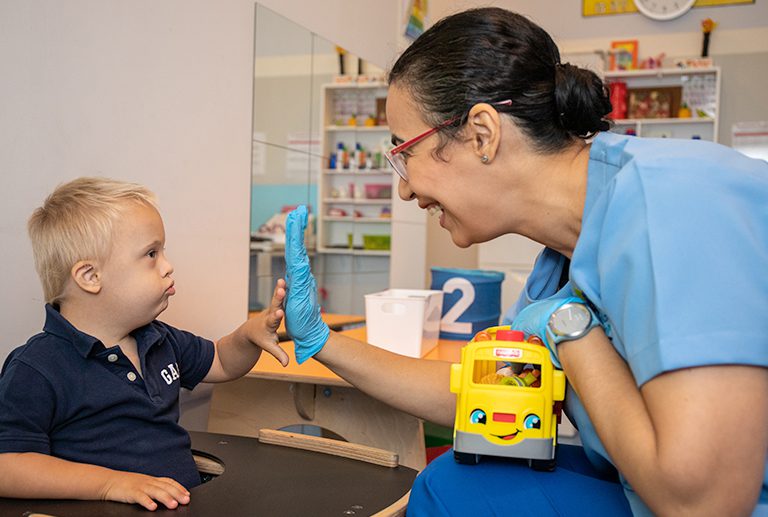Speech disorders can significantly impact a person’s ability to communicate, often affecting their social interactions, academic performance, and self-esteem. Understanding the different types of speech disorders is important for identifying appropriate interventions and therapies offered by the best speech therapist in Dubai.
Articulation disorders:
Articulation disorders occur when a person has difficulty pronouncing certain sounds. This can result in the substitution, omission, or distortion of sounds. For example, a child may say “wabbit” instead of “rabbit” or struggle to pronounce “s” or “r” sounds. Articulation disorders can affect intelligibility, making it hard for others to understand the person. Therapy often involves exercises to strengthen the muscles used in speech and practising proper sound production.
Phonological disorders:
Phonological disorders involve patterns of sound errors that affect the way speech sounds are organised in the brain. Unlike articulation disorders, where specific sounds are problematic, phonological disorders affect the sound system as a whole. Children with this disorder might simplify speech by consistently omitting consonants or substituting easier sounds for more difficult ones. Therapy focuses on teaching the correct sound rules and improving speech clarity.
Fluency disorders (Stuttering):
Fluency disorders, the most well-known of which is stuttering, disrupt the flow of speech. People who stutter may repeat sounds, syllables, or words, and they might experience blocks where they are unable to produce a sound. This can lead to anxiety around speaking. While the exact cause of stuttering is unknown, speech therapy often focuses on techniques to control breathing, reduce tension, and improve speech fluency.
Voice disorders:
Voice disorders affect the pitch, volume, or quality of the voice. People with voice disorders may sound hoarse, speak too loudly or softly, or have an abnormal pitch. These disorders can result from vocal cord damage, overuse of the voice, or underlying health conditions such as polyps or nodules on the vocal cords. Treatment often involves vocal exercises and, in some cases, medical intervention to address the root cause of the disorder.
Apraxia of speech:
Apraxia of speech is a motor speech disorder where the brain has difficulty planning the movements necessary for speech. This disorder is not due to muscle weakness but rather a disconnect between the brain and the speech muscles. Children with apraxia may struggle to say sounds in the correct sequence, even if they know what they want to say. Therapy for apraxia focuses on repeating sounds and syllables to build muscle memory for speech.






